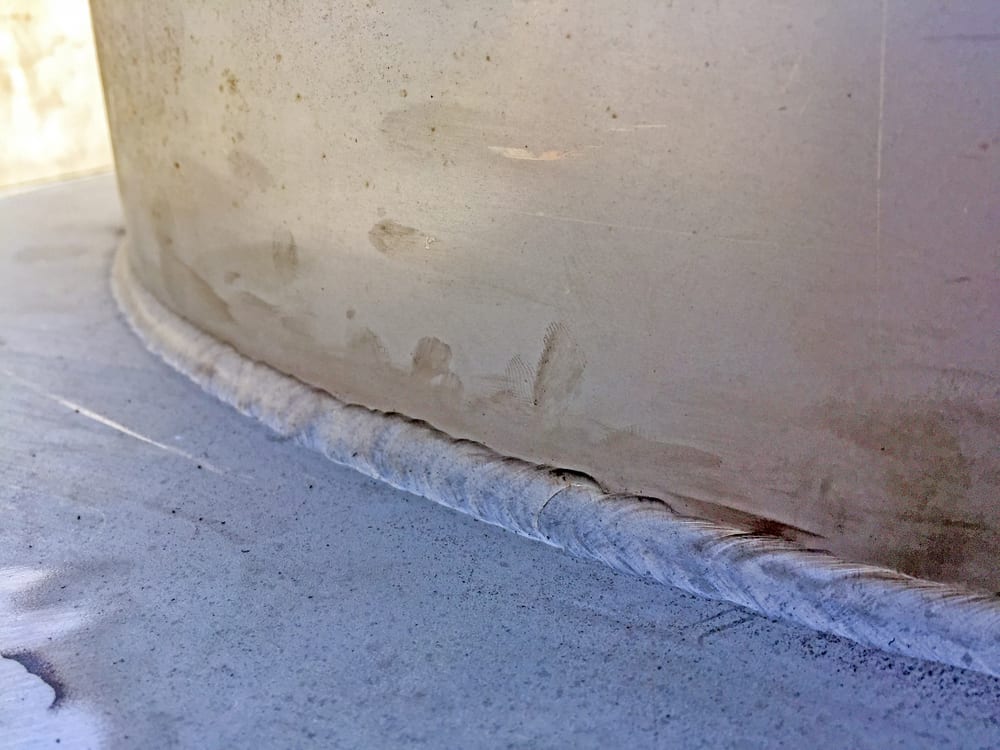Grasping the Art of Welding: Just How to Avoid Undercut Welding Issues for Flawless Construction Results
By understanding the origin causes of undercut welding and executing effective techniques to prevent it, welders can raise their craft to brand-new levels of excellence. In the search of perfect construction outcomes, understanding the art of welding to avoid undercut problems is not simply a skill yet a necessity for those making every effort for perfection in their work.
Recognizing Undercut Welding

To avoid undercut welding, welders must ensure proper welding specifications, such as adjusting the existing, voltage, traveling speed, and maintaining the right electrode angle. In addition, using the ideal welding technique for the specific joint configuration is crucial. Using weaving motions or backstepping methods can aid make sure appropriate weld metal deposition and lower the likelihood of undercut development. Routine assessment of welds during and after the welding procedure is additionally important to catch any kind of undercut early and make necessary adjustments to protect against more flaws. Preventing weld undercut. By comprehending the sources of undercut welding and applying safety nets, welders can achieve high-quality, structurally sound welds.
Root Causes Of Undercut in Welding
Comprehending the elements that add to undercut in welding is crucial for welders to create top quality, structurally audio welds. Undercutting happens when the weld metal does not correctly load the groove created between the base metal and the previously deposited weld steel. A number of elements can lead to damage in welding. One common cause is extreme heat input. Welding at high temperatures for extensive periods can cause the base metal melting greater than desired, bring about undercut. Inadequate welding existing or wrong welding rate can also add to undercut. Inadequate current may not provide enough warmth to thaw the base and filler steels properly, while excessive speed can prevent proper fusion, creating undercut. Furthermore, incorrect electrode angles or inaccurate torch manipulation strategies can create locations of reduced weld steel deposition, promoting undercut. Comprehending these reasons and executing appropriate welding strategies can help avoid damaging problems, making sure solid and long lasting welds.
Techniques to Avoid Undercutting

To reduce the risk of undercutting in welding, welders can employ tactical welding methods targeted at improving the high quality and stability of the weld joints. One reliable approach is to change the welding parameters, such as voltage, current, and travel rate, to make sure proper warm input and deposition. Preserving an appropriate electrode angle and making certain constant traveling rate can likewise help prevent undercut. Furthermore, making use check it out of the correct welding strategy for the particular joint arrangement, such as weave or stringer beads, can add to lowering undercutting. Preventing weld undercut.
Using back-step welding strategies and controlling the weld grain profile can additionally help disperse warmth equally and decrease the risk of undercut. Regular examination of the weld joint during and after welding, as well as executing top quality guarantee steps, can aid in finding and addressing undercutting concerns promptly.
Value of Appropriate Welding Criteria
Picking and keeping appropriate welding specifications is crucial for attaining successful welds with minimal defects. Welding specifications refer to variables such as voltage, present, travel rate, electrode angle, and securing gas circulation price that directly affect the welding process. These specifications must be carefully readjusted based on the sort of material being welded, its thickness, and the welding strategy utilized.
Appropriate welding specifications make certain the right quantity of warm is put on thaw the base read metals and filler material uniformly. If the parameters are set expensive, it can lead to extreme warmth input, creating spatter, burn-through, or distortion. On the other hand, if the specifications are as well reduced, insufficient blend, lack of penetration, or undercutting might happen.
Quality Guarantee in Welding Procedures

Verdict
Finally, understanding the art of welding needs a comprehensive understanding of undercut welding, its reasons, and methods to stop it. By ensuring proper welding criteria and executing quality control methods, perfect construction outcomes can be achieved. It is vital for welders to consistently make every effort for excellence in their welding operations to stay clear of undercut concerns and produce top quality welds.
Undercut welding, a typical issue in welding processes, takes place when the weld metal doesn't effectively fill the groove and leaves a groove or clinical depression along the bonded joint.To stop undercut welding, welders should make sure appropriate welding specifications, such as index changing the current, voltage, travel rate, and maintaining the correct electrode angle. Poor welding current or wrong welding rate can additionally add to damage.To reduce the risk of undercutting in welding, welders can utilize tactical welding techniques aimed at improving the high quality and stability of the weld joints.In conclusion, understanding the art of welding requires a detailed understanding of undercut welding, its causes, and strategies to avoid it.